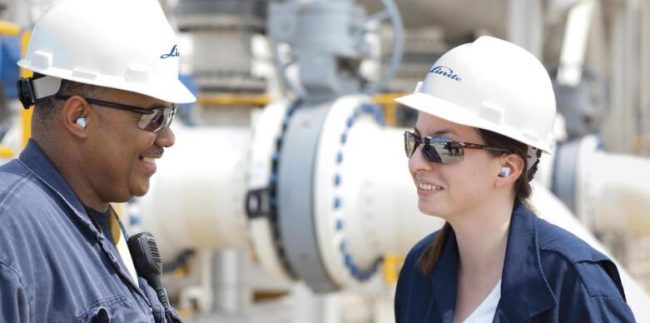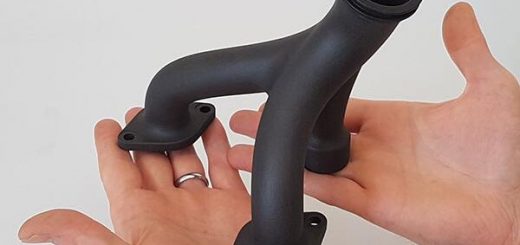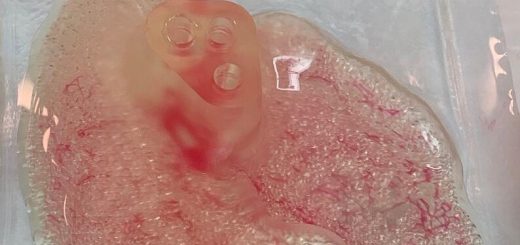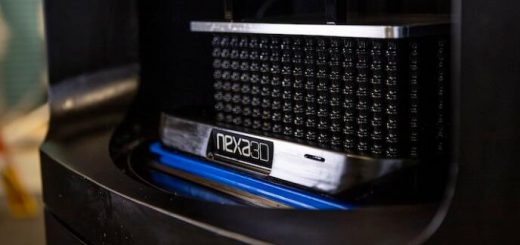Linde Partners with 3D Medlab
Linde has started pioneering research into how atmospheric conditions in the additive manufacturing process can be optimised to produce complex latticed structures for medical devices.
 Image via Linde
Image via Linde
In collaboration with additive manufacture 3D Medlab the joint project is the first-of-its-kind and represents a milestone in the field of orthopedic device development.
Multifaceted, latticed components aim to mimic human body parts and can better assimilate into the patient’s own bone and tissue structure, leading to fewer rejections and quicker healing times.
Additive manufacturing can optimise production of such components ensuring high-quality repeatability of the process and requiring less post-print finishing. However, the atmosphere in the printing chamber needs to be optimal and reproducible.
Atmospheric gases play a fundamental role in the printing process and any impurities that remain in the chamber, even once purged, can have a detrimental effect on the part being manufactured.
Additionally, fumes created during the production process can remain on the part, requiring post-production cleaning.
Even extremely small variations in oxygen content can impair the mechanical or chemical properties of metals sensitive to oxygen – such as titanium and aluminum alloys – and can affect the composition of the end product.
For the Linde/3D Medlab research trials, the titanium alloy in question is Ti-6AI-4V.
“As a customer at the forefront of medical device manufacturing, anything less than optimal product outcomes is critically important to avoid, so it is testament to our gases expertise and know-how that we have been selected to partner in this endeavor,” said Pierre Forêt, Senior Expert Manufacturing at Linde.
The atmospheric trials involve a new helium/argon gas mixture created especially by Linde for the project to make the process smoother and cleaner, along with use of Linde’s ADDvance O2 precision, a first-of-a-kind oxygen measuring and analysis technology to ensure the optimal mix of gases within the print chamber.
Along with the new gas mixture, ADDvance O2 precision will give 3D Medlab precise, granular control over the oxygen concentration and humidity levels in the print chamber.
Source: gasworld




Recent Comments